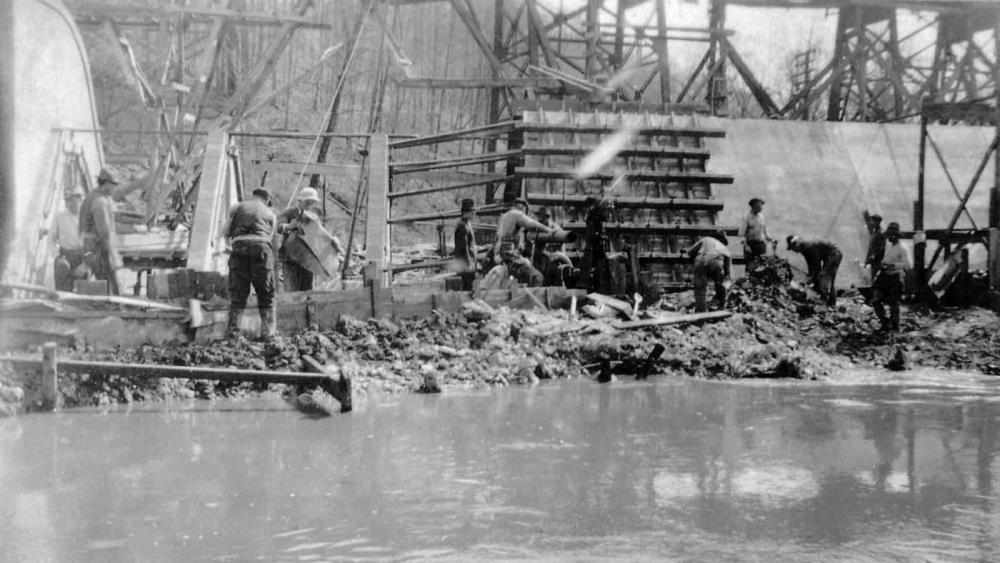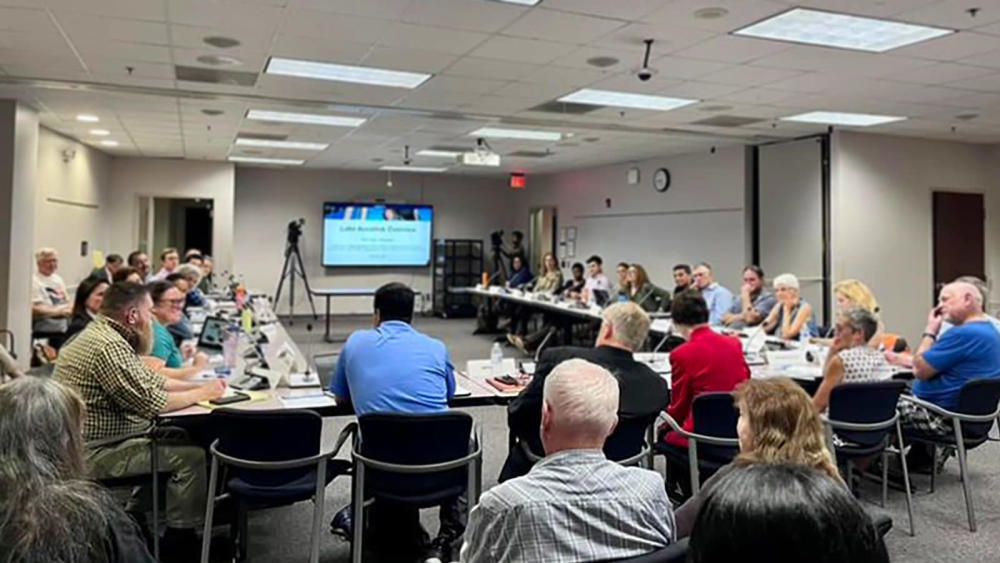November 2025 Permitting Assessment Technical Memorandum is Available
What is it? The purpose of the Permitting Assessment Technical Memorandum is to document permitting requirements associated with the preliminary smaller lake layouts in the 2025 Desktop Assessment Technical Memorandum. As the feasibility study progresses, the smaller lake layouts identified for evaluation will be presented to the relevant permitting authorities. Feedback and guidance received from the permitting authorities will inform and support the development of the most feasible smaller lake recommendations. Access the Permitting Assessment Technical Memorandum here.
Frequently Asked Questions
The Department of Public Works and Environmental Services, in collaboration with its public relations consultant, launched a robust outreach campaign to promote the open house on July 19. Efforts included direct engagement with residents at local farmers markets, libraries, community spaces, and local businesses where flyers were shared. Advertisements also occurred through Fairfax County Supervisor newsletters, three local newspapers, and the Kings Glen Elementary School marquee sign. 500 postcards were mailed to nearby households, and multilingual flyers were distributed to 28 community organizations. Additional outreach included sharing informational materials at Braddock Nights at Lake Accotink Park, and publishing content through county social media channels. Flyers were also posted at park pavilions and kiosks around the Lake Accotink Trail. These coordinated efforts aimed to raise broad awareness and encourage meaningful community participation.
Preserving A Smaller and Sustainable Lake Accotink: What’s Next?
The Smaller Lake Accotink Preservation Feasibility Study aims to better understand the conditions within Accotink Creek and Lake Accotink, while exploring the best methods for preserving a 20 to 40-acre lake at a depth of 4 to 8 feet.
The County is working with an independent design and engineering firm to conduct the Smaller Lake Accotink Preservation Feasibility Study, which will evaluate potential smaller lake options. This study will be coordinated with and utilize results from the sedimentation rate study and the Lake Accotink dam assessment which are currently underway by different engineering consultant teams.
Current Studies to Shape the Future of Lake Accotink
Sedimentation Study
This study will develop an understanding of how much sediment flows into Lake Accotink from Accotink Creek and how much sediment leaves the lake under various storm events. These insights will guide future maintenance dredging efforts to facilitate a sustainable lake.
Dam Assessment
The dam needs to meet Virginia safety and regulatory standards as well as function as a retaining structure for Lake Accotink. This assessment will look at any repairs or updates needed to keep the dam functioning properly.
Preservation Feasibility Study
The feasibility study is exploring smaller lake options, ranging from 20 to 40 acres and 4 to 8 feet deep. It will also review costs, potential environmental impacts, regulatory permitting, and how often dredging would be required to maintain the smaller lake.
A Glimpse into Lake Accotink’s Past
Lake Accotink was built in 1940 by the U.S. Army as a freshwater supply for Camp Humphreys (now Fort Belvoir). Over the years, the 30-square-mile watershed (drainage area) that feeds into the lake became more developed prior to the implementation of modern stormwater management regulations, leading to increased runoff and erosion. This added a significant amount of sediment to the lake. While Fairfax County has dredged the lake multiple times, sediment continues to pose a threat to its future.
Next Steps
Preserving a smaller version of Lake Accotink offers a promising path forward, but it requires thorough planning and community input. As studies progress, we will continue working to balance environmental needs with recreation and cultural value.
Get Involved
We want to hear from you! Stay tuned for community meetings and opportunities to share your thoughts on the future of Lake Accotink.
Additional resources
- Fairfax County Lake Accotink website
- The Community Engagement Plan
- Lake Accotink Preservation Feasibility Study Scope
- Public Survey Comment Responses Associated with Feasibility Study Scope
- The Future of Lake Accotink: Study and Engagement Survey Results
- Update - Lake Accotink Preservation Feasibility Study, March 2025
- Smaller Lake Accotink Preservation Feasibility Study Video Overview
- September 2025 Desktop Assessment Technical Memorandum
- USGS website: The USGS is monitoring Lake Accotink, Accotink Creek, and Long Branch to better understand sediment flow into and out of the lake. (Lake Accotink Sedimentation Study | U.S. Geological Survey)
Terms to know (when used in the context of Lake Accotink)
Sedimentation
A natural process in which sediments, such as sand, mud or other materials settle at the bottom of the lake over time.
Dredging
Removing excess sediment and other materials that have decreased the volume of the lake.
Preservation
Maintaining a smaller lake would preserve much of the aesthetic and recreational value that would continue to benefit visitors.
Stormwater
Water from rain or melted snow that runs off surfaces such as rooftops, lawns, paved streets, and highways, that eventually flows into drainage systems, rivers, streams, and lakes.
Upstream
The sections of a river or stream system flowing towards a point of interest (such as a lake, bridge, etc.). This is where sediment enters the river or stream system as it flows downstream and eventually settles in the lake.
Contact
For more information, please email Project Manager Turgay Dabak or call (703) 324-5500.




